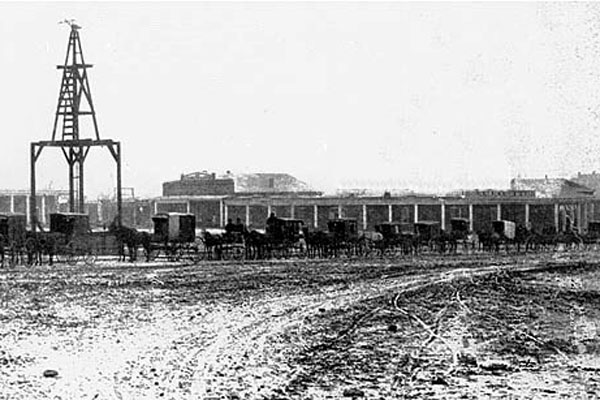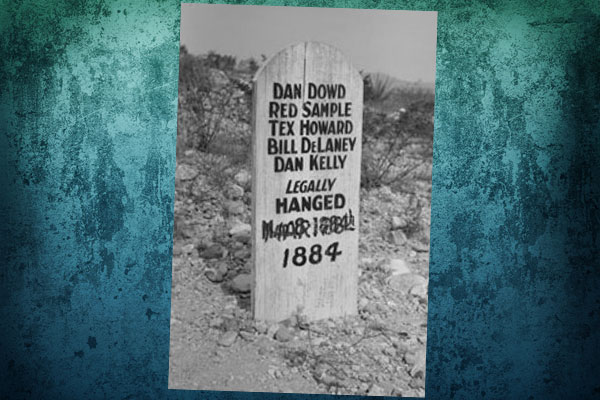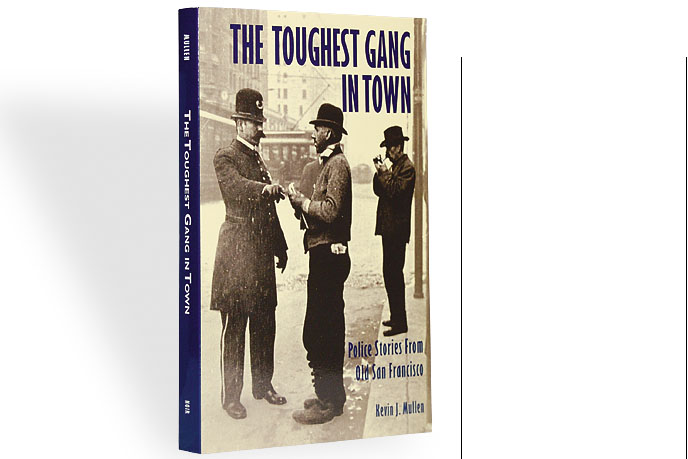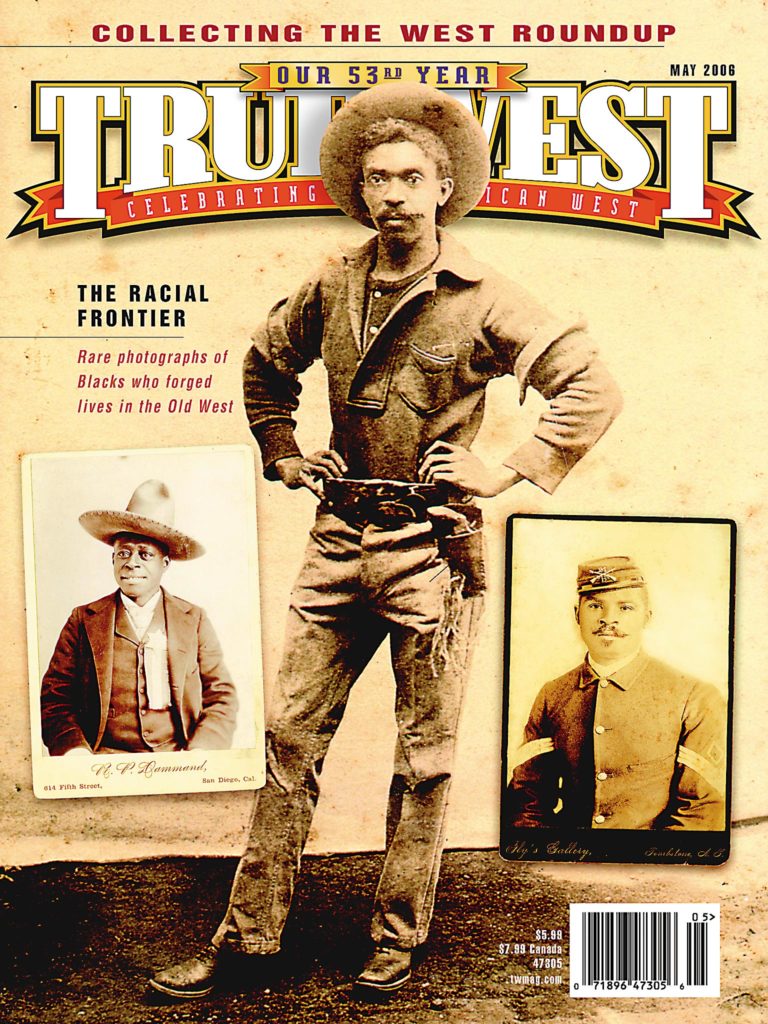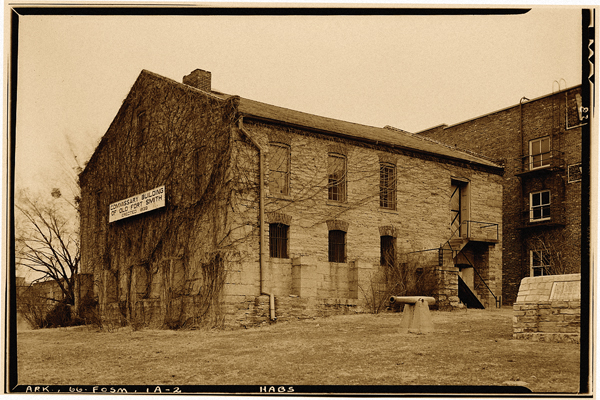 The sky is blue, the sun warm, the birds are singing and the noise of traffic is practically nonexistent, yet there is gloominess, a feeling of dread, here at Fort Smith National Historic Site.
The sky is blue, the sun warm, the birds are singing and the noise of traffic is practically nonexistent, yet there is gloominess, a feeling of dread, here at Fort Smith National Historic Site.
I mean, I have taken “The Bride” on many research trips and made deviations on vacations, dragging her along across battlefields, traipsing through dusty museums, diligently searching bookstores and walking in boneyards, and usually she’s a silent but smiling trooper about it. I figure she’s keeping a running tally in the scorebook, so whenever she spots the sign that states “Winery” or “Cheesy Gifts” or “Sale at the Outlet Mall,” it’ll be payback. Which is more than fair. She’s silent now, but I can tell she’s really interested.
Really, really interested. The woman’s hooked on Fort Smith. I’ve never seen anybody that interested in the gallows.
Isaac Charles Parker used to hang around this town. Presiding over the U.S. Court for the Western Judicial District of Arkansas—I always love hearing the actor say that in True Grit—from 1875 to 1896, Judge Parker sent 79 felons to the gallows reconstructed at the site today on Parker Avenue. The doomed men didn’t always hang alone, either, as this circa 1886 gallows attests. Multiple hangings got a lot of attention. Hey, you only had to pay the hangman once for dropping six dudes through the trapdoor.
Things could have been even busier. The Hanging Judge actually handed out 160 death sentences, but some convicts got lucky with pardons, stays and commutations.
The Bride’s studying the trapdoor now. I’m starting to sweat. Is she picturing me standing up there beside George Maledon, Parker’s “Prince of Hangmen?”
Fort Smith isn’t just the Poster City for the death penalty (see Huntsville, Texas), and the historic site covers more than Judge Parker (although the “Hell on the Border” jail and Parker’s courtroom are high on my list of viewing places). While Parker has been the subject of movies, novels and histories, the museum also honors Parker’s marshals, including the often overlooked Black lawman, Bass Reeves, and chronicles the tragic “Trail of Tears,” as well as the frontier post’s military legacy.
There’s culture in Parker’s town, too.
A trolley museum, an art center, carriage tours, a river park (which can get a tad steamy), even railroad trips. It’s a friendly town. I mean, how many cities have a visitor center in a restored cathouse? How many bordellos are on the National Register of Historic Places? Judge Parker would have had a cow!
Neighboring Van Buren’s Main Street is a hot spot for antique lovers. So maybe I can lure The Bride away, get her mind off those hangman’s nooses. I manage to get her back into the Pathfinder. What was I thinking? How could I have forgotten I had Johnny Cash at Folsom Prison in the cassette player?
Maybe I can point out the restored homes in the Belle Grove district, or entice her with pretty scenery as we head into the Ozarks. Bribe her with a trip to Branson!
“Those gallows,” she says, “were really interesting.”
Hmmmm. This calls for drastic measures.
“Look, honey, there’s a mall!”


